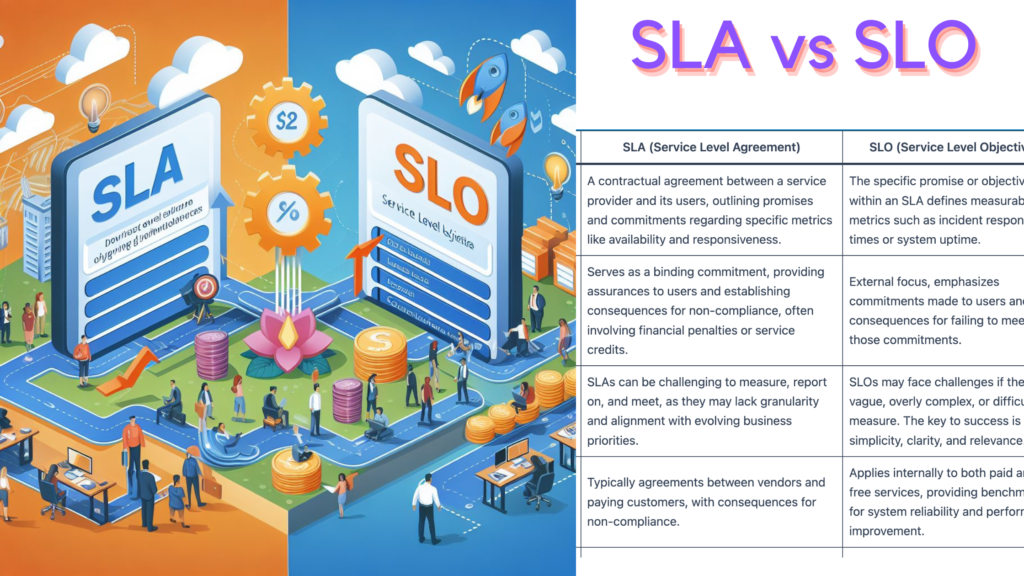What is an Error Budget?
An Error Budget is the amount of money set aside to cover unexpected expenses or losses. It is also known as a contingency fund. Reliability is the ability of a system to perform its required functions under specified conditions for a specified period of time. Downtime is the time during which a system is unavailable. A new feature is something that has been added to a system that did not exist before. Failure is a part of life and should be expected. SRE stands for Site Reliability Engineering. SLO stands for Service Level Objective. It also bridges the gap between development and operations by bringing together DevOps and SRE practices. Service Level is the measure of how well a service meets its goals. 99.99% uptime means that the system is available 99.99% of the time. New releases are made available to users on a regular basis. SLO violations occur when the system fails to meet its goals. They accumulate over a certain period of time and can result in SLA breaches.
What is The Purpose of An Error Budget?
An error budget is the amount of time or resources that a team can allocate to fixing new bugs or features before the reliability of the system suffers. This budget is important because it allows teams to prioritize new features and bug fixes while still ensuring that the system remains reliable.
How is an Error Budget Determined and by Whom?
If you’re a product manager, chances are you’ve heard of error budgets. But what are they, and how are they determined?
An error budget is the amount of slippage or deviation from a plan that is allowed before corrective action is taken. In other words, it’s the amount of wiggle room you have to make mistakes.
The size of your error budget will depend on a number of factors, including the stage of your product, the risks involved, and the tolerance of your stakeholders. When determining your error budget, it’s important to consider all of these factors and strike a balance that meets the needs of your product and your team.
There is no one-size-fits-all answer for how to determine your error budget. Ultimately, it’s up to the product manager to make the call. However, there are a few things to keep in mind when making this decision.


